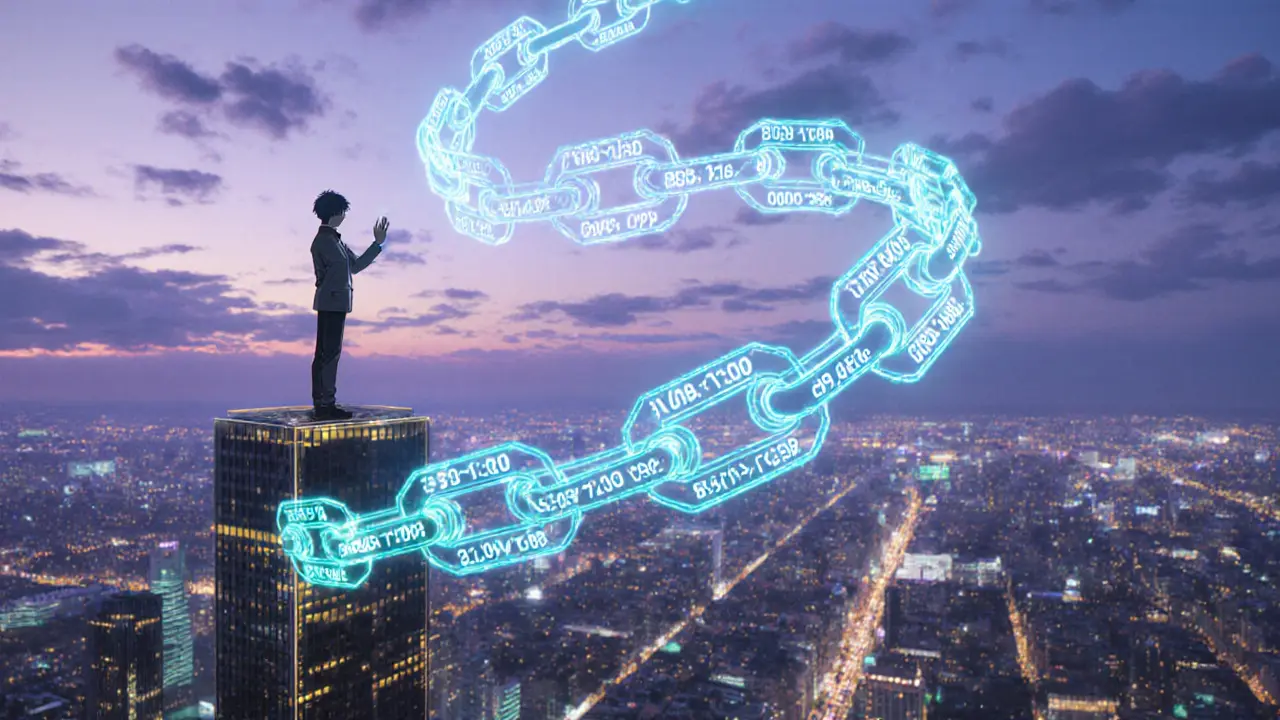Intellectual Property Blockchain: How Crypto Is Protecting Creators and Assets
When you create something—a song, a drawing, a piece of code—you own it. But proving that ownership online? That’s where the intellectual property blockchain, a system that uses distributed ledgers to record and verify ownership of creative works. Also known as blockchain-based copyright tracking, it turns vague digital claims into verifiable, tamper-proof records. Traditional copyright systems are slow, expensive, and often useless when your art gets copied on a platform halfway across the world. The intellectual property blockchain fixes that by timestamping your work the moment it’s created, linking it to your wallet, and making it impossible to erase or fake.
This isn’t theory. It’s already happening. NFT ownership, a method of assigning unique digital tokens to creative assets lets artists sell their work with built-in proof of authenticity. When someone buys a digital painting as an NFT, they’re not just buying a file—they’re buying a verified claim tied to a public ledger. That same tech is being used by writers, musicians, and game developers to track who created what, who licensed it, and who owes royalties. And it’s not just for art. digital rights management, the system that controls how digital content is accessed and used is being rebuilt on blockchain to stop piracy without locking users out. No more middlemen. No more disputes over who owns what.
Think of it like a digital notary that never sleeps. Every time a designer uploads a logo, a developer releases code, or a filmmaker finishes a scene, that moment gets recorded on a public chain. If someone tries to claim it as theirs later, the blockchain shows the original creator and the exact time it was created. It’s simple, fast, and works globally. You don’t need a lawyer to file paperwork. You just need a wallet and a smart contract.
And it’s not just about protecting creators—it’s about making money from your work. blockchain tokenization, the process of turning assets into digital tokens that can be traded or licensed lets you split ownership of a song, a patent, or even a book. Fans can buy a small share. Royalties get paid automatically every time it’s used. No delays. No hidden fees.
What you’ll find below are real stories and tools showing how this is working right now. From artists using NFTs to prove they made a meme before it went viral, to startups building platforms that automatically pay creators when their code is reused, these posts cut through the hype. You’ll see which platforms actually work, which ones are scams, and how you can use blockchain to protect your own creations—no matter if you’re a coder, a designer, or just someone who makes stuff online.
 5 Nov 2025
5 Nov 2025
Blockchain patent management uses decentralized ledgers to create tamper-proof proof of invention, automate licensing, and reduce delays in intellectual property protection. Discover how it works, its real-world uses, and why it’s changing IP law.
View More
